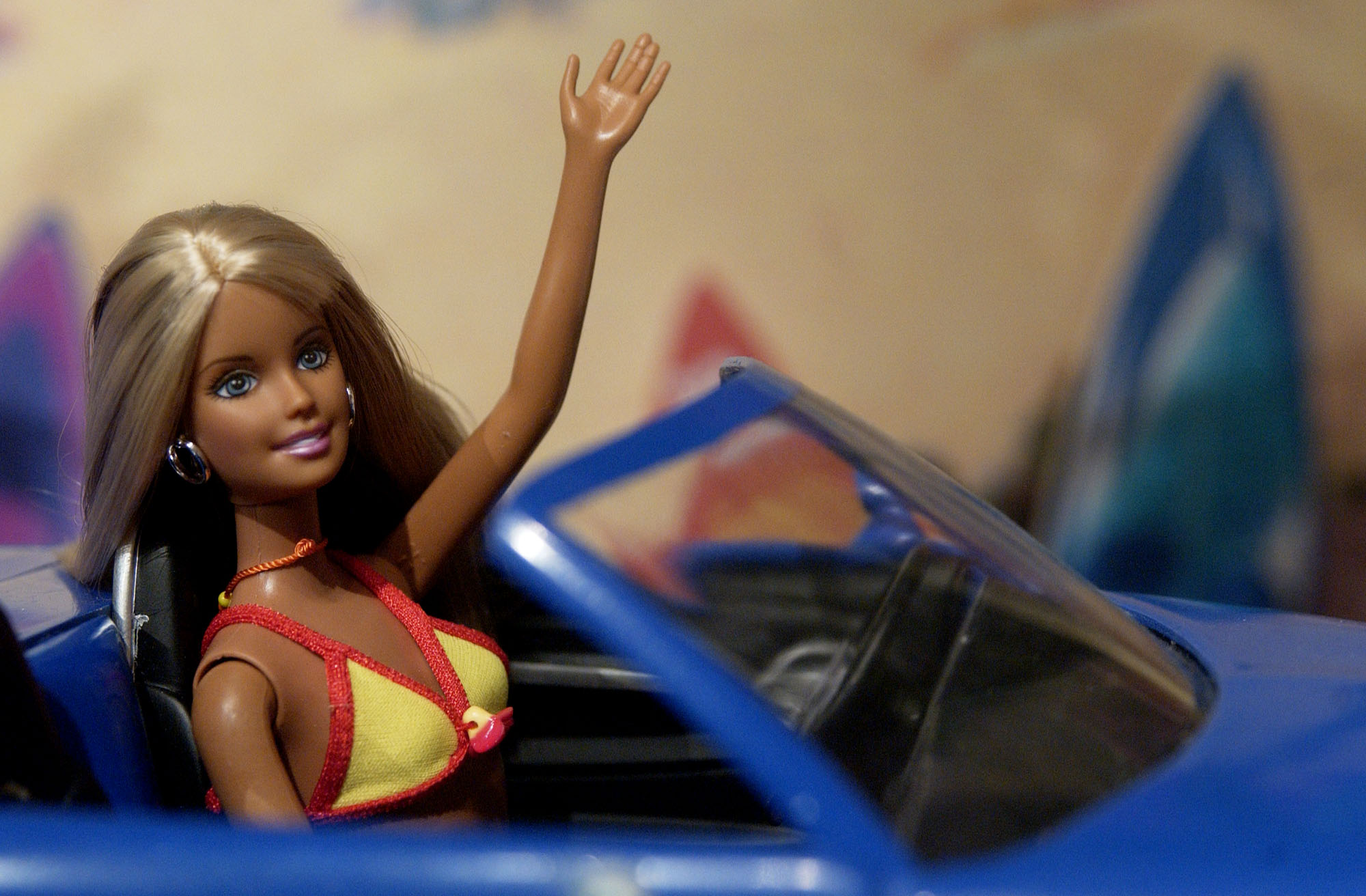
It may be time for Mattel to roll out Retirement Barbie. Friday morning, the toymaker announced that the doll’s sales dropped 16% in 2014, marking Barbie’s third consecutive year of falling earnings.
“The reality is, we just didn’t sell enough Barbie dolls,” CEO Bryan Stockton explained to investors last January, following Mattel’s disappointing 13% drop for 2013. The decline of the company’s premier product led in part to Stockton’s resignation on Monday. But a corporate shakeup might not be enough to counteract the almost 56-year-old doll’s waning allure. The problem might not be sales strategies, but rather the doll and the impossibly slim-body ideals she represents.
The push for more realistic, “body positive” images of girls has been gaining momentum over the past year and not just in toys. In 2014, Barbie sales plummeted, while a doll with an average woman’s proportions gained viral success; full-bodied models were integrated into high-fashion campaigns without fanfare; e-retailer ModCloth announced an anticipated doubling of its sales after introducing plus sizes; the single “All About That Bass,” which celebrates curvy bodies, became such a commercial success that, no, you will never get it out of your head; and Kim Kardashian’s famously ample butt broke the Internet.
After decades of false starts, maybe we are finally ready to move away from unattainably slim ideals.
Fashion: Plus-Size Integration Isn’t a Passing Trend
When we think of lingerie ads, winged Victoria’s Secret Angels flutter through our minds. But in November alone, three high-fashion institutions displayed a fuller understanding of feminine beauty.
Seductively posed in a rubber leotard, Candice Huffine debuted as the first plus-size model to be featured in Pirelli’s prestigious calendar in December:
A Vogue online gallery featuring sexy lingerie starred women with F- rather than B-cup sizes. “Going into this, we assumed that the beautiful, delicate, lacy bras that we all prefer would only be available in the smaller cup sizes, but we were thrilled to find a real wealth of options for a huge variety of body shapes,” editor Jorden Bickham tells TIME in an email.
And Calvin Klein used Myla Dalbesio in its “Perfectly Fit” underwear campaign. Dalbesio, a size 10, told Elle, “It’s not like [Calvin Klein] released this campaign and were like ‘Whoa, look, there’s this plus-size girl in our campaign.’ They released me in this campaign with everyone else; there’s no distinction. It’s not a separate section for plus-size girls.” (This interview incited misappropriated backlash against CK when the Twitterverse thought Dalbesio was incorrectly cast under the “plus size” category — she wasn’t.)
While the Internet reacted to the seamless integration of fuller-bodied models into these campaigns, the models were presented by designers without fanfare.
“There were no big tambourines, no big calling out of the size thing,” Emme, widely regarded as the first plus-size supermodel (even though she eschews the moniker), tells TIME. “It’s just so old. Saying, ‘Oh she’s plus-size, yippee!’ and making a big deal of that.”
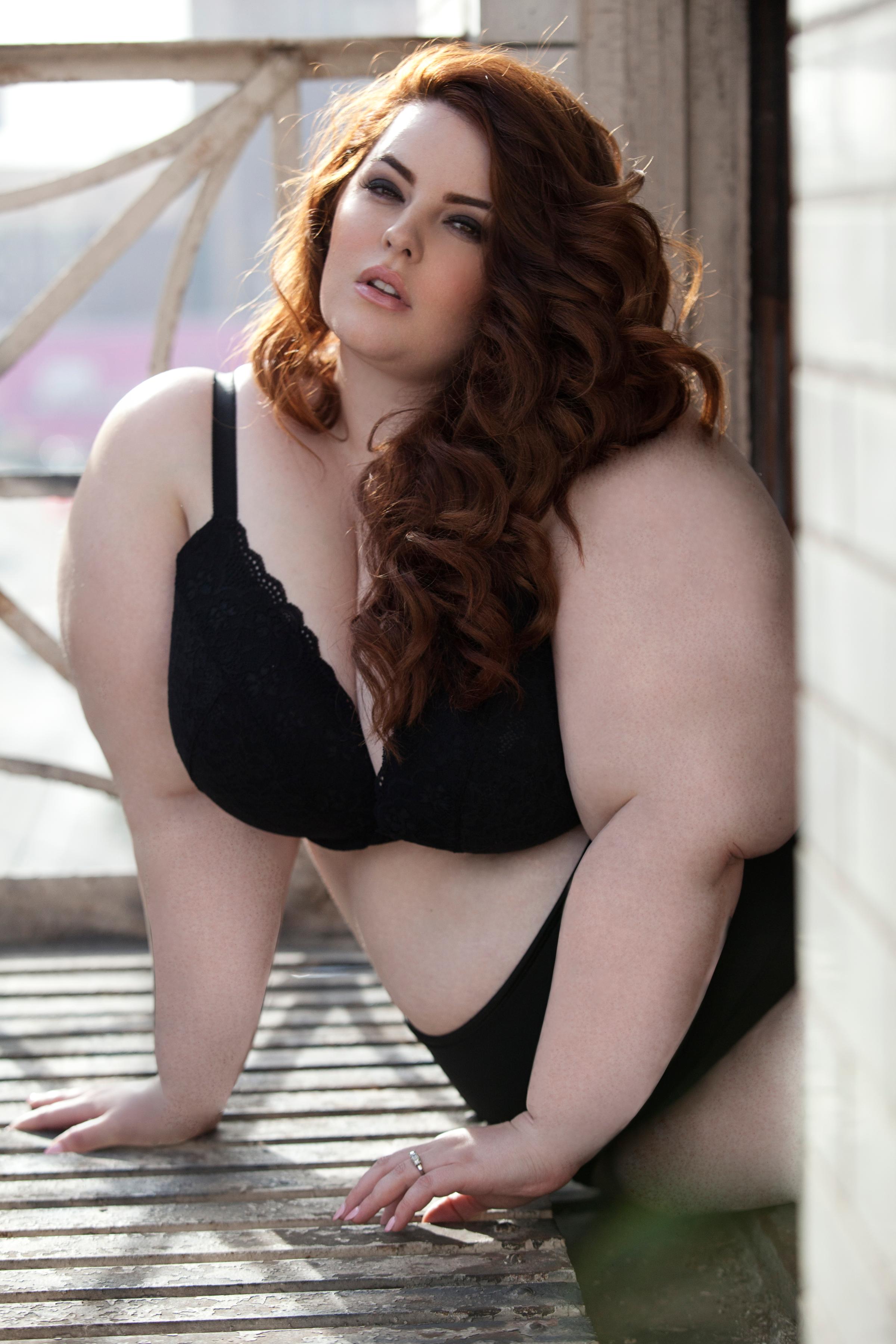
Although there was certainly fanfare when size-22 model Tess Holliday was signed to MiLK Model Management last week — making her the first model of her size to ever be represented by a major agency.
“It was unheard of, I never even tried to get with an agency,” Holliday, 29, tells TIME. “One of my friends even said, ‘Isn’t it crazy that you’re in the news for being the biggest plus-size model when you’re the true size of a plus-size woman?’” Holliday says the average plus-size model is between size 8 and 10, even though the average plus-size woman is bigger. “There has always been an issue with [designers] using smaller plus-size models, and if they wanted one who was a little bit bigger or curvier, they would pad her because they said they couldn’t find good quality models above a size 16.”
In the past, Holliday was barred from castings because of her size. But in the past week, Holliday says at least designers who refused to work with her in the past have now called to book her for a job. “If they want me then they’ll pay for it.”
Many of Holliday’s critics complain that she sets an unhealthy example for women, but the model notes that she is active, has a trainer, and works out at least four times a week. It should also be noted that just as skinniness does not connote healthiness, being a plus size doesn’t connote unhealthiness.
While Holliday is currently an anomaly, Muse Model Management president Conor Kennedy tells TIME that the fashion industry opening its doors to a variety of body sizes is a consistent movement rather than a “flavor in the moment” passing trend.
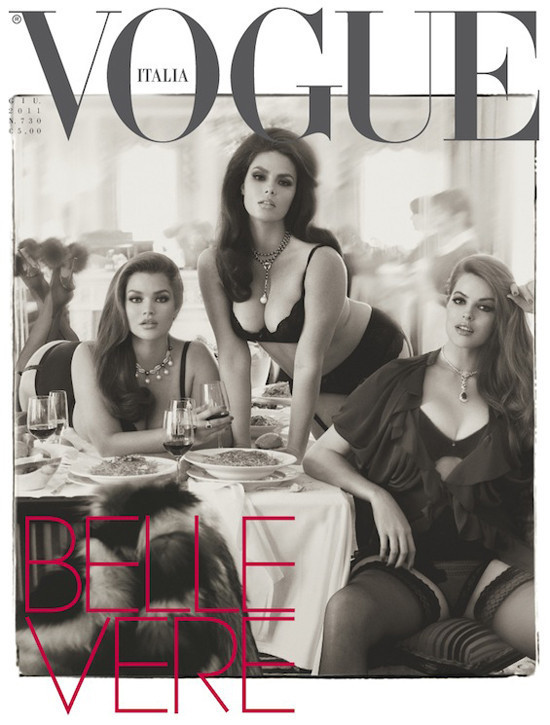
“A few years ago there was a little burst where there was an Italian Vogue cover” — in which plus-size models seductively posed over … spaghetti — “and then V Magazine did a shoot, and then it tailored off,” he says. “The past two years it’s very different because there are all types of editorials. I think that the next breakthrough we are looking for are campaigns, and we’re starting to see it now.” Curvier celeb cover subjects like Kardashian and Jennifer Lopez are also changing perceptions in the fashion industry.
Kennedy has noticed increased excitement on the creative side of the industry over a diversity of sizes as a desirable aesthetic choice and greater openness in castings.
“But there’s an evolution on both sides of the spectrum,” he says. “It’s also a great thing for business.”
Retailers Finally Recognize an Untapped Market
Clothing makers are finally beginning to understand that if they increase their offerings — and we’re talking fashionable offerings rather than an increased muumuu selection — in the “plus size” category, it will be beneficial to their bottom line. With the “average” American woman wearing a size 14, that’s 100 million potential customers.
“It’s a huge market and it’s totally underserved,” ModCloth co-founder Susan Gregg Koger told CNBC.
When Koger decided to expand the e-retailer’s plus-size division, she reached out to 1,500 vendors for help — and only 35 responded. But a year into the expansion, with 100 vendors on board, Koger told Business Insider that she expected sales to double in 2014.
According to the market-research firm NPD Group, plus-size-clothing sales increased 5% last year to $17.5 billion. E-retailers are taking advantage of this rise. In December, plus-size fashion e-retailer ELOQUII raised $6 million in Series A funding. But brick-and-mortar retailers still have room for improvement.
But the quality must improve as well because, at the moment, full-bodied women are searching for — but often not finding — fashionable outfits that go up to their size. Stylist Sal Perez explained the difficulties in trying to dress Rebel Wilson for her role in Pitch Perfect 2 to the New York Times.
“I am horrified by some of the clothes I find in the stores,” he said. “I don’t know anyone who enjoys wearing polyester.”
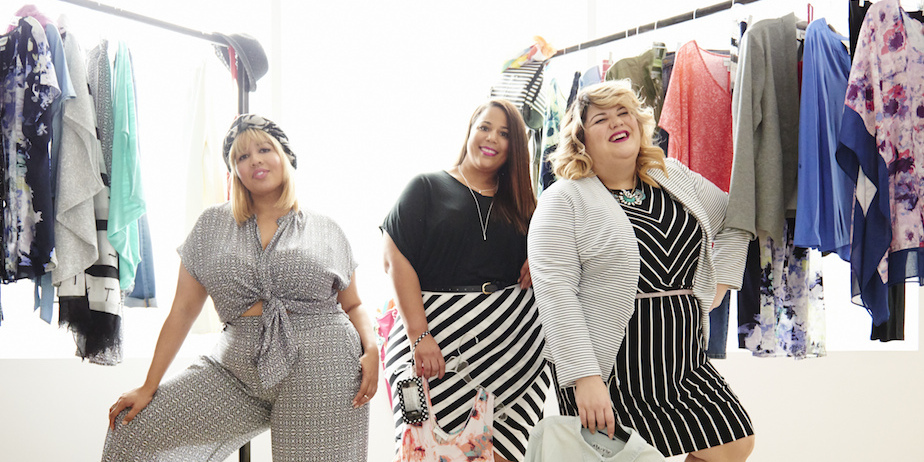
After interacting with six different designers who wouldn’t dress her for the Oscars, Melissa McCarthy decided to launch a fashion label of her own that will offer both plus- and “regular” size clothing.
Larger retailers are finally getting the message as well. In mid-February, Target will launch a plus-size line called Ava & Viv that is designed specifically for “the plus-size woman who loves fashion.”
“Women want to go shopping together,” Emme says. “If you eliminate the plus-size department that’s always in the basement or next to maternity, and you increase the numbers of 14, 16 and 18s, you are going to make more money than you have ever made.”
To illustrate her point, Emme recalls a plus-size fashion show she attended with her daughter at Macy’s. At the end of the show, the 13-year-old asked if Emme thought a particular dress came in her size — she didn’t see it as undesirable for a larger demographic, but as beautiful clothing displayed on a beautiful model who she would like to replicate.
“A lightbulb went off,” Emme says. “I don’t think the younger generation sees it as size. They see beauty as it is.”
The End of Barbie
New trends in toy sales serve as fiscal evidence that children also want natural, realistic beauty — rather than unattainable ideals. Barbie, who has seen her share of criticism for being an anatomically impossible mutant, is losing her clout among girls — and their parents. As people stopped buying Barbies, they crowd-funded an alternative to the tune of $500,000.
Touted as the “normal Barbie,” Lammily dolls are built to the measurements of an average woman, based on Centers for Disease Control and Prevention data.
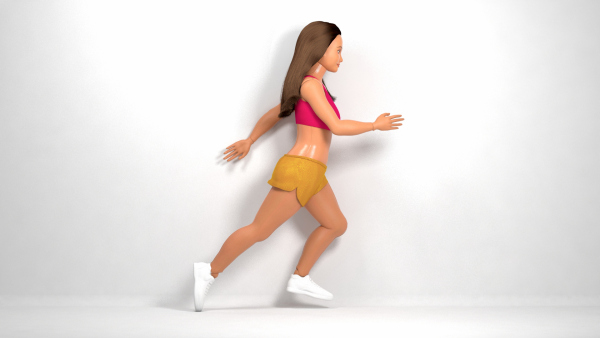
“This is the doll people have been waiting for,” Nickolay Lamm told TIME when he prepared to ship tens of thousands of dolls to eager backers before the holidays.
“She looks like a regular girl going to school,” a second-grader said when she was presented with a Lammily doll.
“She’s not like other dolls,” said another. “She looks real.”
One of the reasons that Lamm was able turn the Lammily doll from a concept to an actual product was because his original sketches of the “normal Barbie” — meant to simply be an art project — went viral. Its traction online indicated to Lamm how thirsty people were to celebrate the beauty of reality.
While #thinspiration and unhealthy body ideals that promote eating disorders or worse certainly exist on social networks, an easily outraged Twitterverse is quick to call companies out for promoting body-negative ideology.
People will no longer stand for Victoria’s Secret creating an advertisement that puts the wording “Perfect Body” over a slew of skinny, skinny models. The company quietly changed its ads after an onslaught of social-media outrage. And some 20,000 people will sign Change.org petitions when they find out that Old Navy charges more money for items that come in plus sizes. (The retailer didn’t fully capitulate, but it did change plus-size policies.)
Holliday, who started a viral #EffYourBeautyStandards online campaign, attributes her recent signing and burgeoning career to her dedicated social-media following. “People aren’t used to seeing someone who is fat and happy,” she says, which could be why her 415,000 Instagram followers so eagerly await her posts.
“It’s not a trend, really — it’s happening,” Emme says. “It’s the tipping point.”
PHOTOS: See the Same Woman Photoshopped in Different Countries
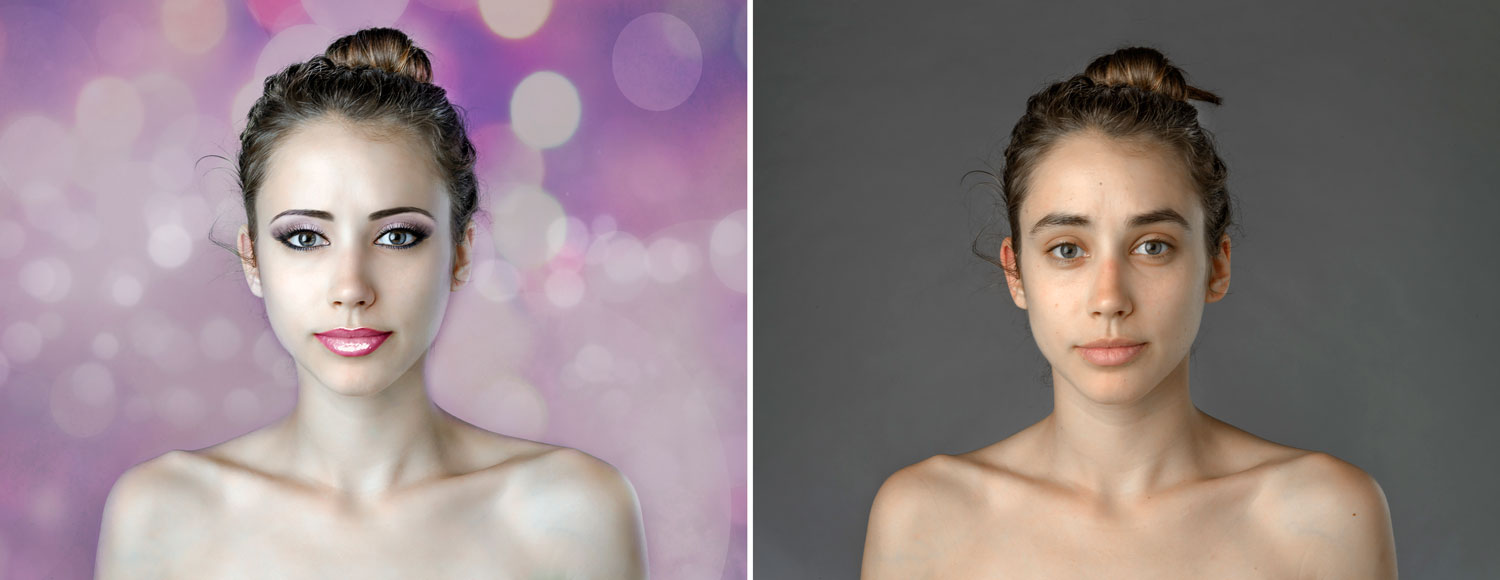
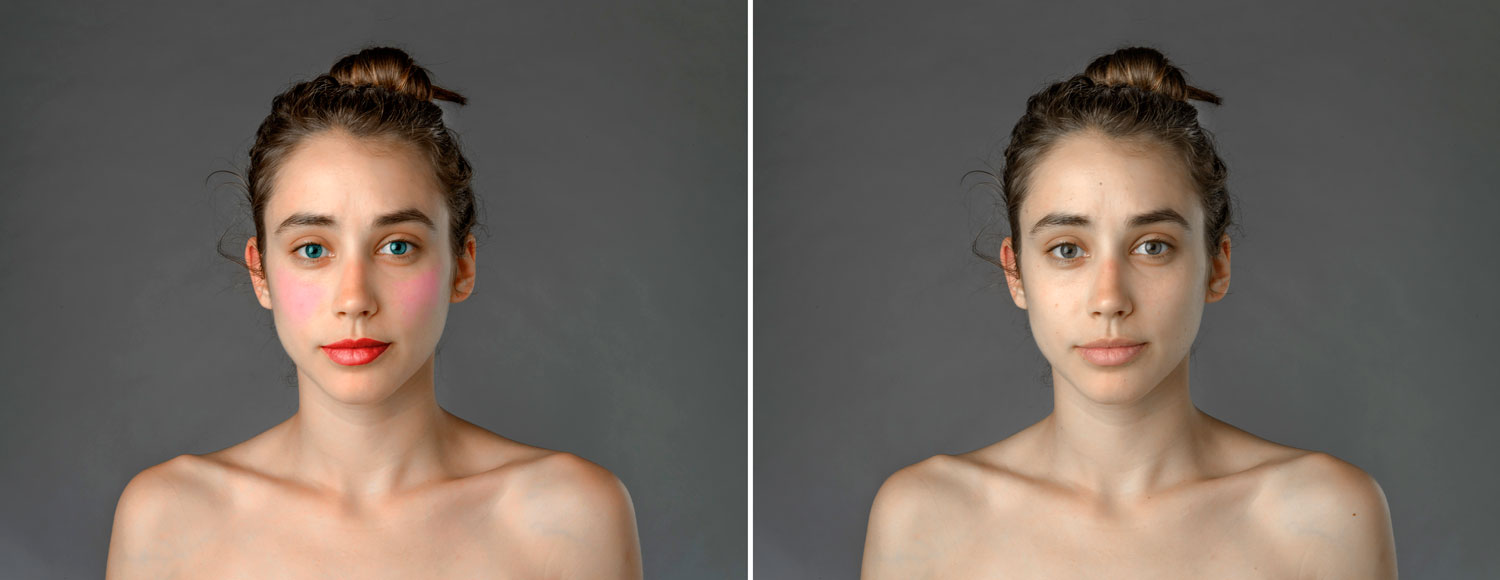
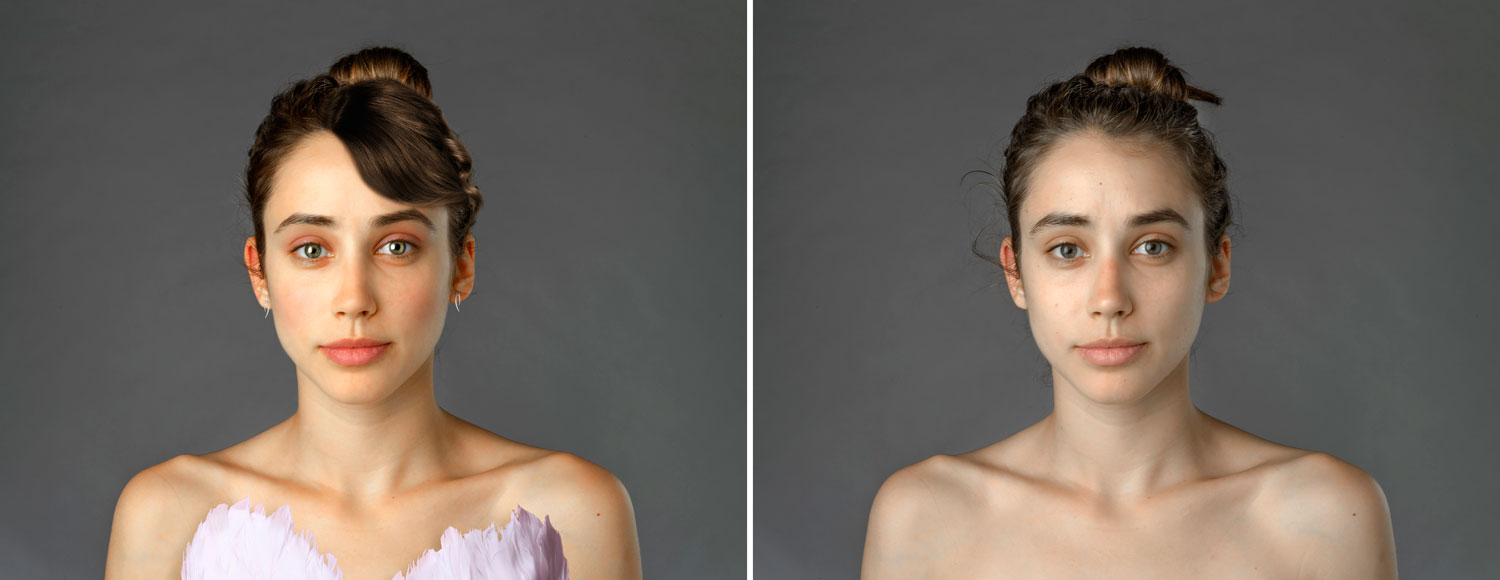
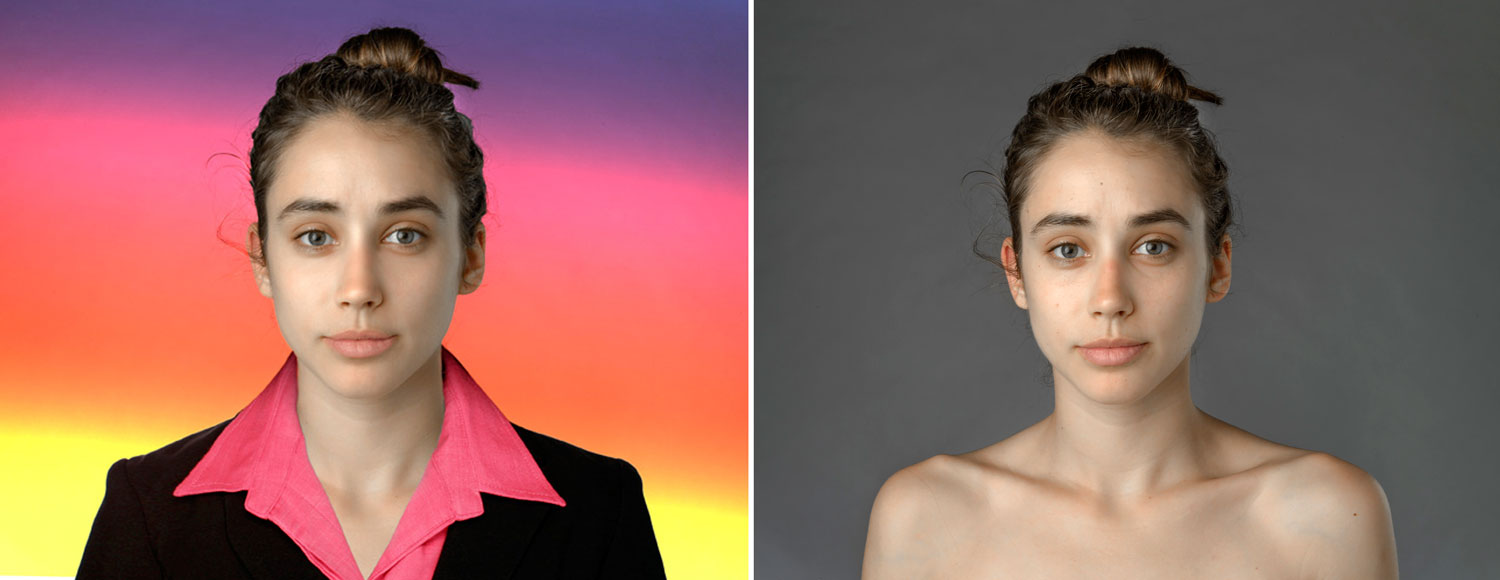
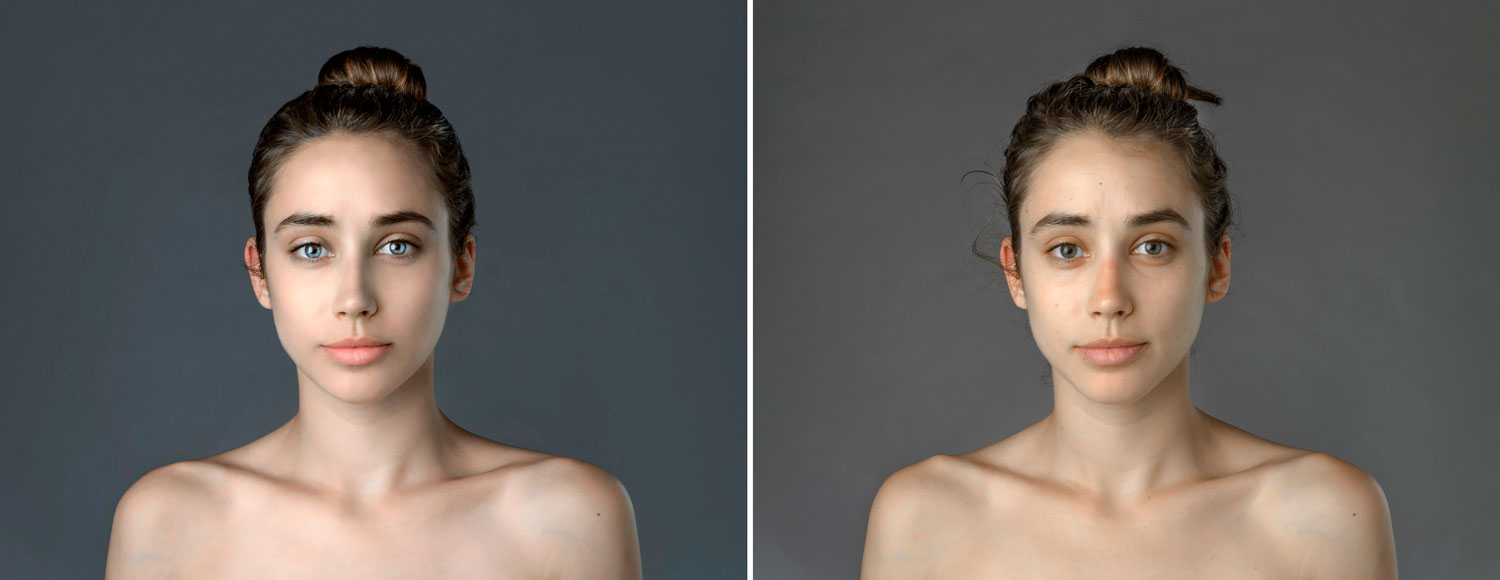
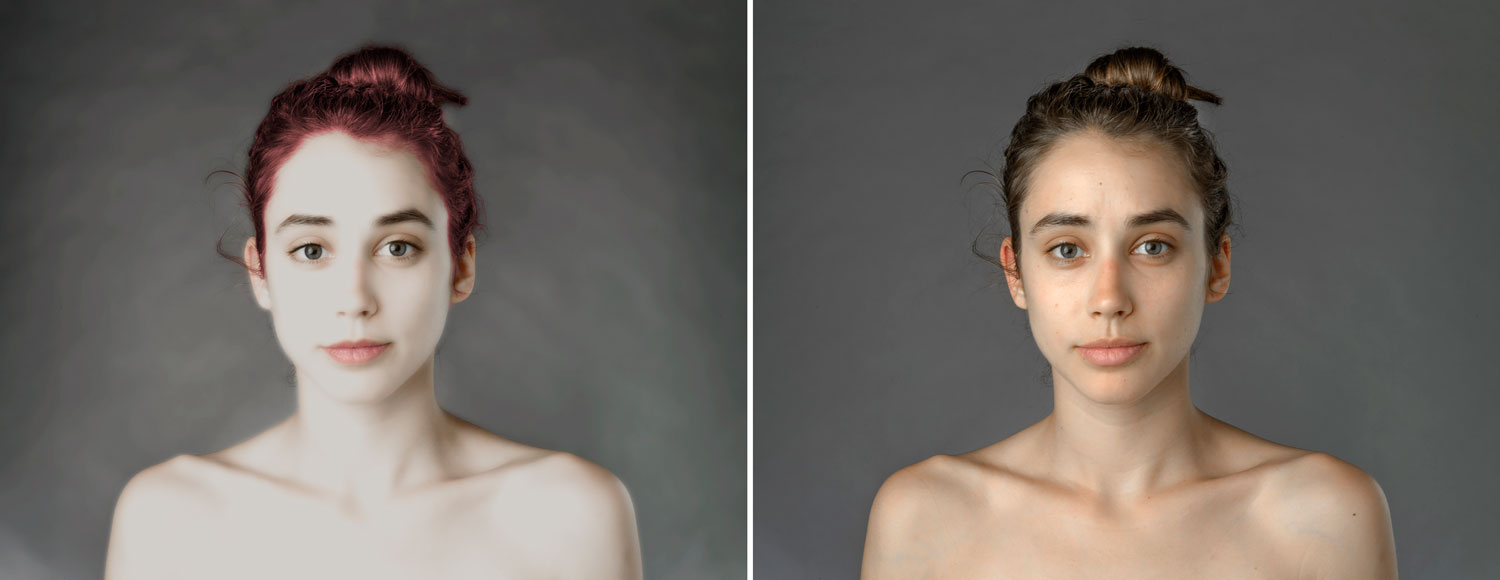
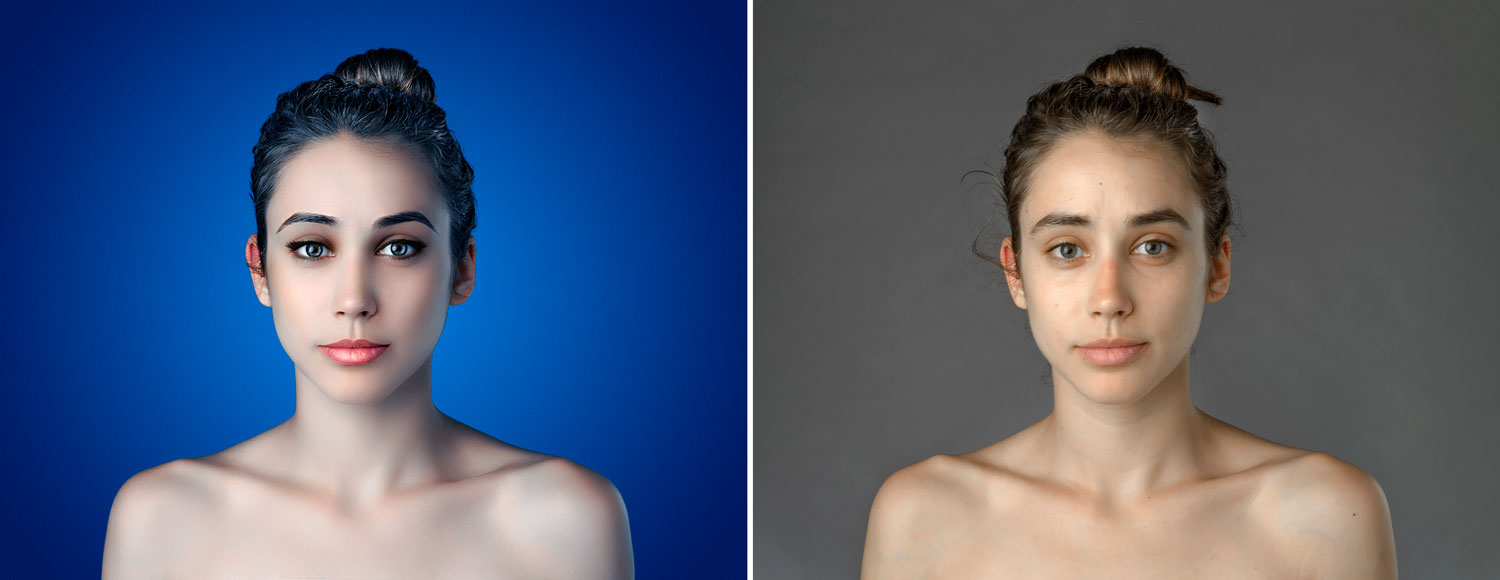
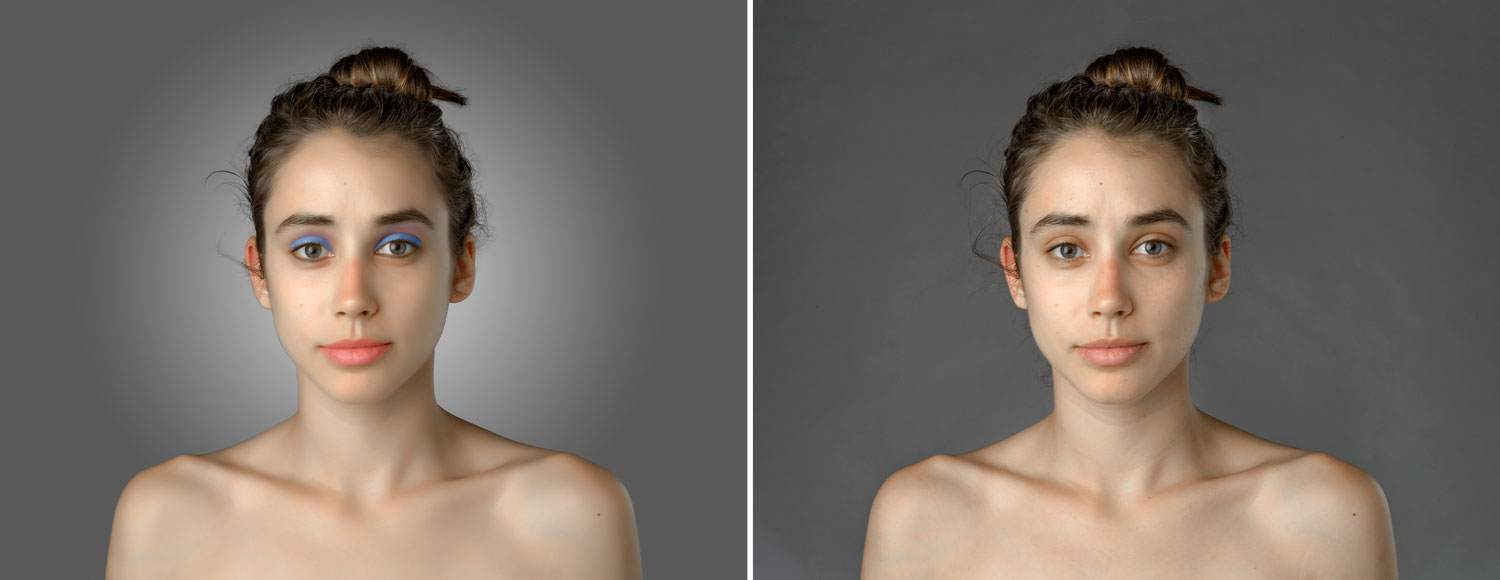
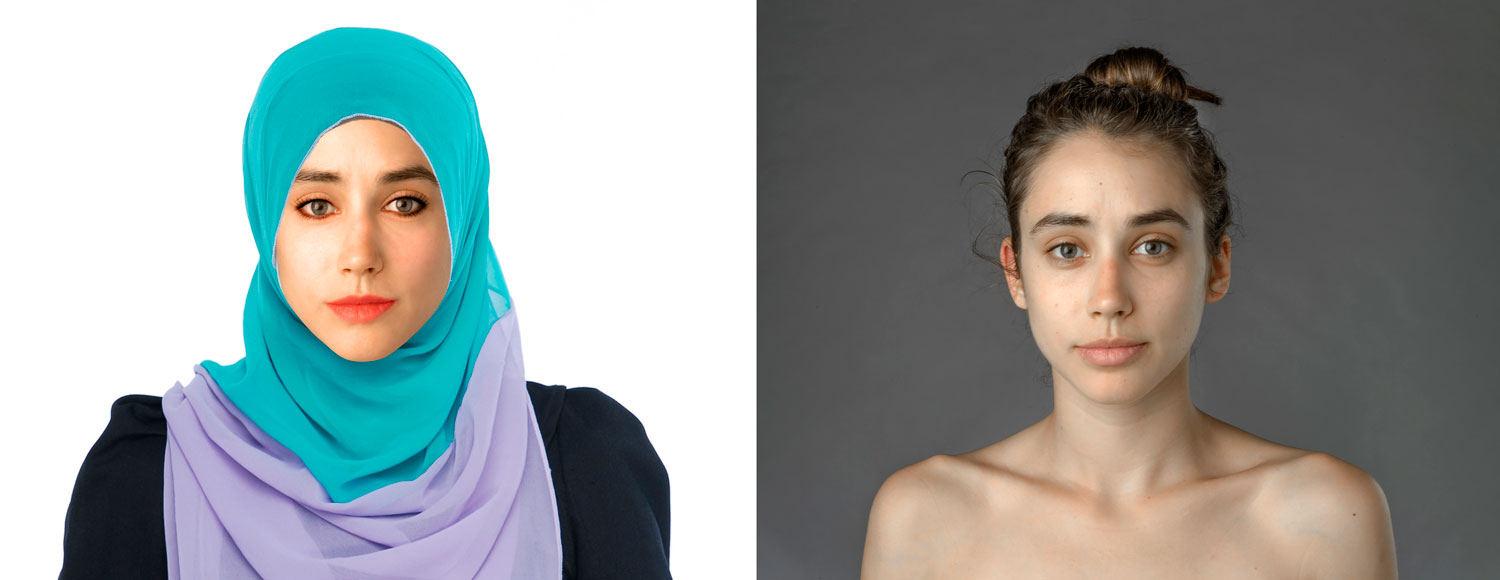
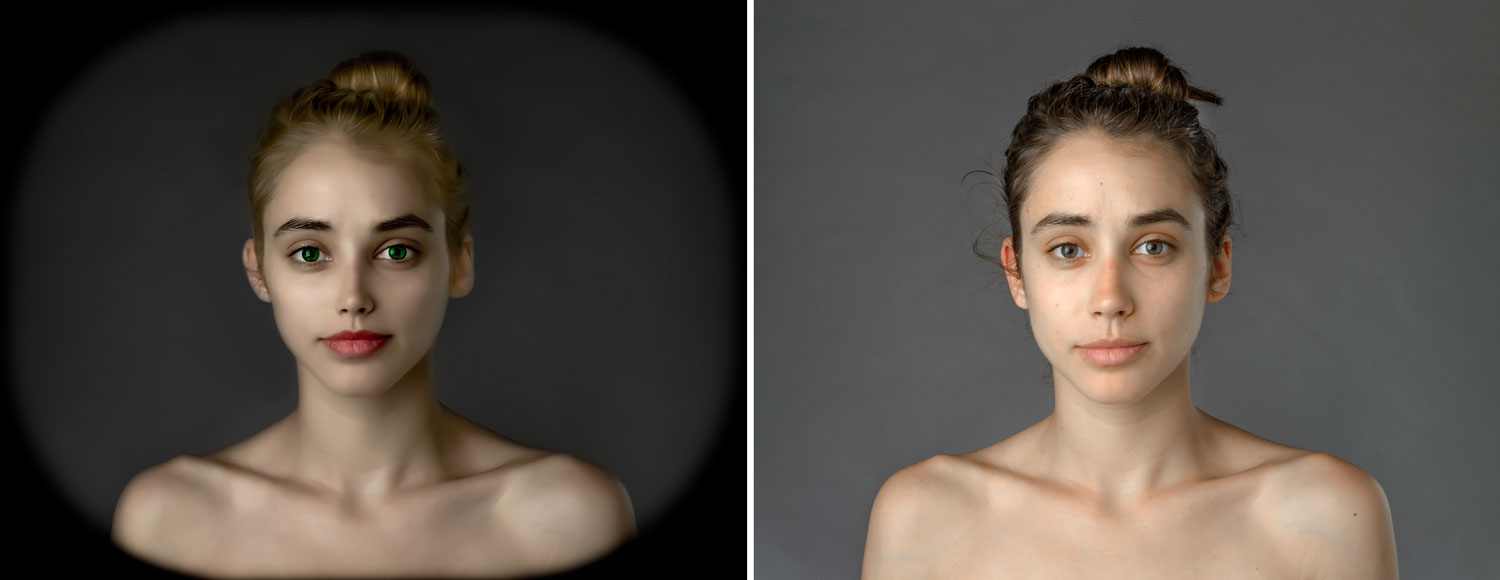
More Must-Reads from TIME
- Why Biden Dropped Out
- Ukraine’s Plan to Survive Trump
- The Rise of a New Kind of Parenting Guru
- The Chaos and Commotion of the RNC in Photos
- Why We All Have a Stake in Twisters’ Success
- 8 Eating Habits That Actually Improve Your Sleep
- Welcome to the Noah Lyles Olympics
- Get Our Paris Olympics Newsletter in Your Inbox
Contact us at letters@time.com